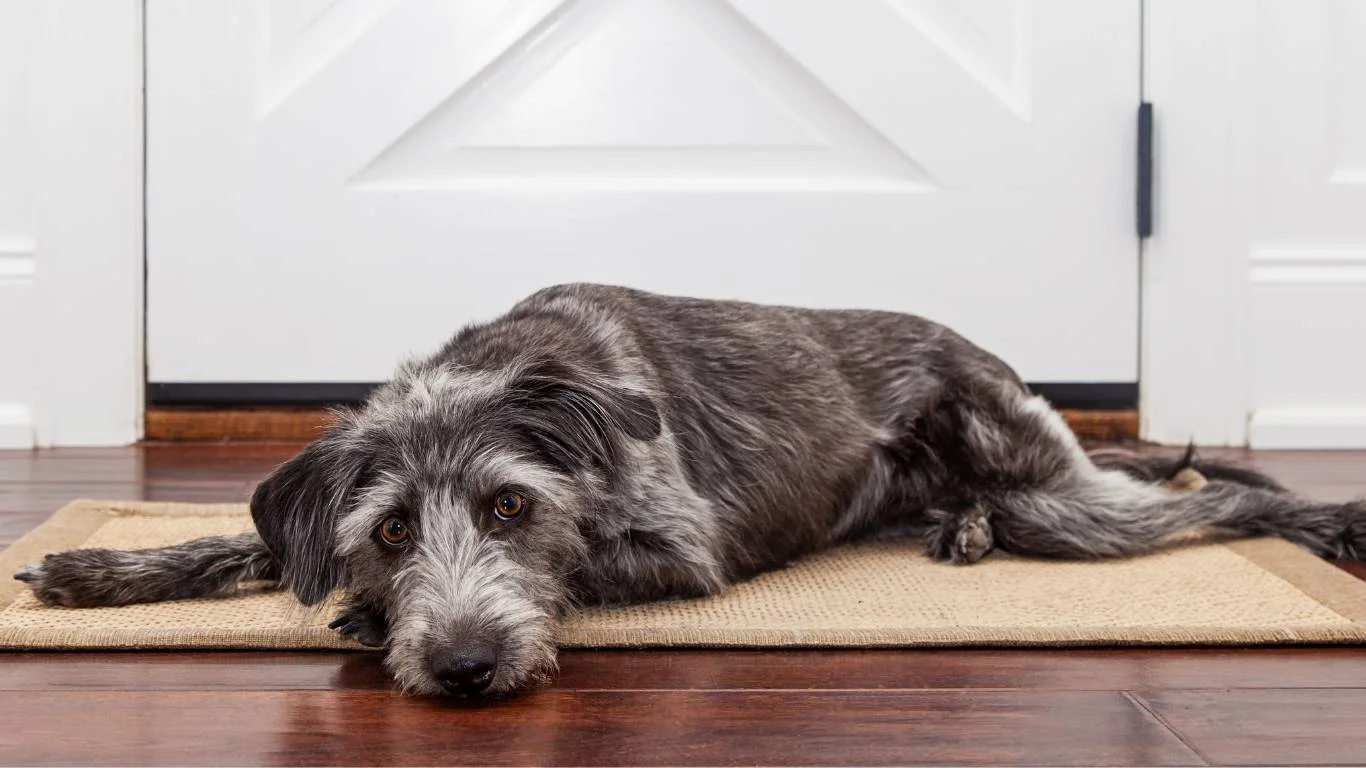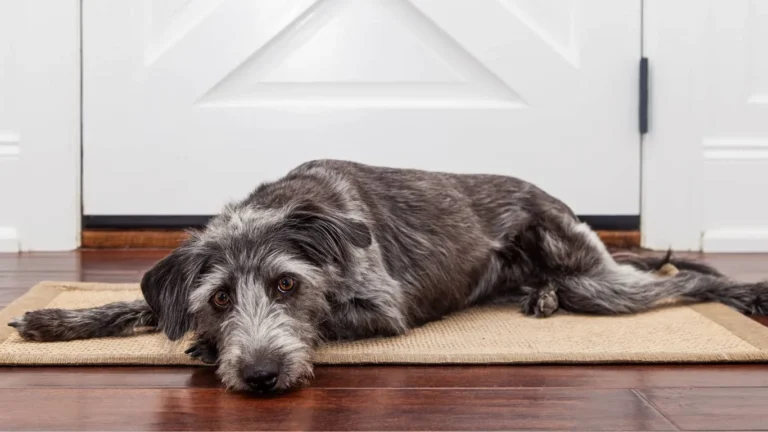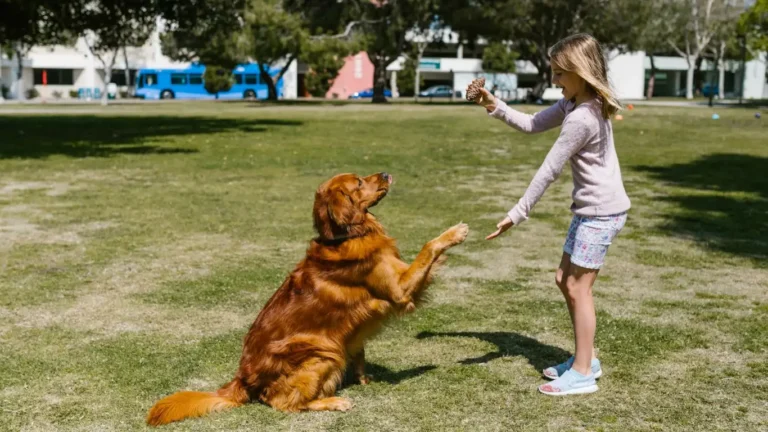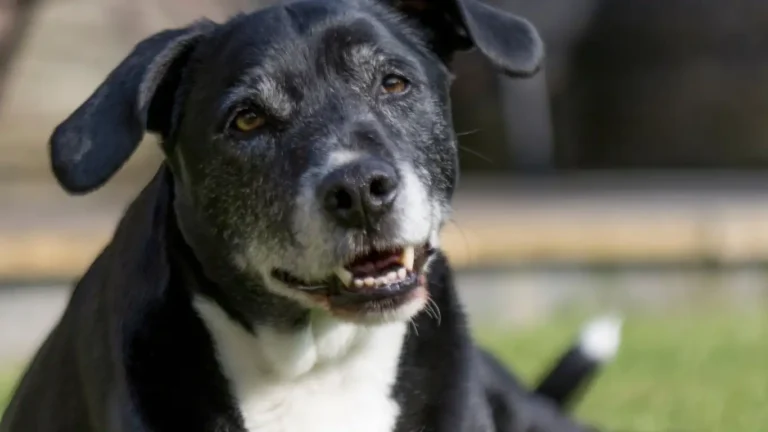How to Prevent and Treat Cataracts in Dogs Effectively
If you’re a pet parent, you already know how much love and care our furry friends need to stay happy and healthy. But did you know that, just like people, dogs can suffer from cataracts? As a pet nutritionist and care expert in veterinary clinics, I’ve seen firsthand how cataracts can affect dogs’ vision—and quality of life—over time. In this post, we’re diving deep into how to prevent and treat cataracts in dogs, as well as how to spot early signs. Cataracts in dogs are actually more common than you’d think, especially as they age, but don’t
What Are Cataracts in Dogs and Why Should You Care?
Cataracts in dogs occur when the lens of their eye becomes cloudy, which can severely impact their vision. It’s a condition we often see in older dogs, though certain breeds can be predisposed to developing them earlier in life. As a pet nutritionist, I always encourage pet owners to pay attention to subtle changes in their dog’s health, especially when it comes to their eyesight. If left untreated, cataracts can lead to blindness, which can be a heartbreaking experience for both you and your dog.
But what exactly happens when your dog has cataracts? Essentially, the clear lens inside their eye becomes cloudy or opaque, making it harder for light to reach the retina, which is essential for vision. Depending on the severity of the cataract, your dog may still be able to see light and shadows, but clarity will be lost. In some cases, cataracts can develop slowly over time, while in others, they can happen suddenly.

Signs of Cataracts in Dogs: What to Look For
One of the most common questions I get as a pet nutritionist is, “How do I know if my dog has cataracts?” While some cases are obvious, others may be more subtle, especially in the early stages. Here’s a list of signs that might indicate your dog is dealing with cataracts:
- Cloudy or Bluish Eyes: The most noticeable sign is a cloudy or bluish tint in one or both eyes. This is usually the result of the cataract itself.
- Difficulty Navigating or Bumping Into Things: If your dog seems to be struggling with spatial awareness, it could be because their vision is impaired.
- Excessive Squinting: Dogs with cataracts may squint, trying to compensate for their reduced vision.
- Behavioral Changes: If your dog seems more hesitant to walk, play, or interact, they may be struggling with their sight. Some dogs may become more irritable or anxious.
Of course, not every dog will show all of these signs, and the progression of cataracts can vary. But if you notice any of these changes in your dog’s behavior or appearance, it’s time to visit your vet for a proper diagnosis.

What Causes Cataracts in Dogs?
Understanding the root cause of cataracts in dogs is crucial for prevention and treatment. While some cases are hereditary, others are linked to age, health conditions, or even injury. Let’s break it down a bit:
1. Age-Related Cataracts
Just like humans, dogs are more prone to developing cataracts as they get older. This is the most common form of cataracts we see in veterinary clinics. The lens in an older dog’s eye naturally becomes less flexible, and over time, it can lose its clarity, leading to cataracts. The great news is that these types of cataracts tend to develop slowly, allowing time for pet owners to notice the signs and take action.
2. Hereditary Cataracts
Some dog breeds are genetically predisposed to developing cataracts at a young age. Breeds like the Miniature Schnauzer, Cocker Spaniel, and Poodle are commonly affected by hereditary cataracts. If your dog is from one of these breeds, it’s especially important to keep an eye out for early signs and take preventive measures whenever possible.
3. Diabetes-Related Cataracts
Diabetes is another major contributor to cataracts in dogs. High blood sugar levels can affect the lens of the eye, making cataracts a common complication in diabetic dogs. If your dog has diabetes, regular check-ups and careful management of their blood sugar levels can help prevent or delay cataract formation.
4. Trauma and Injury
In some cases, cataracts in dogs can develop due to an injury or trauma to the eye. If your dog has been in a fight, had an accident, or experienced a blow to the eye, it’s crucial to seek veterinary care right away. Trauma can cause the lens to become clouded and lead to the formation of cataracts.

How to Prevent Cataracts in Dogs
While it’s not always possible to prevent cataracts—especially when they’re hereditary or age-related—there are some measures you can take to reduce the risk or slow down their progression. Here are a few strategies I always recommend to my clients:
1. Keep Your Dog’s Weight in Check
Maintaining a healthy weight is one of the best ways to help prevent or manage a variety of health conditions, including cataracts. Obesity can exacerbate many underlying health issues, including diabetes, which in turn increases the risk of cataracts. As a pet nutritionist, I always emphasize the importance of a balanced diet and exercise routine to help keep your dog at an optimal weight.
2. Control Diabetes
If your dog is diabetic, managing their blood sugar levels is crucial. Work closely with your vet to monitor their glucose levels, adjust their diet as needed, and ensure they get enough exercise to keep their diabetes in check. Keeping your dog’s blood sugar stable can help reduce the risk of cataract formation.
3. Regular Vet Check-Ups
As I mentioned earlier, routine vet visits are vital in catching early signs of cataracts. Make sure your dog gets regular eye exams to detect any potential issues before they become serious. If cataracts are found early, there may be treatment options to slow their progression.
4. Antioxidants and Nutritional Support
Supplements that contain antioxidants, like vitamins C and E, can help protect your dog’s eyes from oxidative stress and free radical damage, which can contribute to cataract formation. A high-quality, well-balanced diet will provide the essential nutrients your dog needs to maintain eye health. I always recommend talking to your vet about adding eye-healthy supplements to your dog’s diet, especially as they age.
By paying attention to your dog’s diet, weight, and overall health, you can make a big difference in preventing cataracts or managing them before they become more severe.
Treating Cataracts in Dogs: What Are Your Options?
If you’ve noticed that your dog’s eyesight is being impacted by cataracts, you’re probably wondering what the treatment options are. As a pet nutritionist and veterinary care expert, I’ve seen a wide range of treatments and solutions for dogs dealing with cataracts, depending on the severity and cause of the condition. The good news is that treatment is possible, and early intervention can make a huge difference in your dog’s quality of life.
1. Surgical Treatment: The Most Effective Option
When cataracts reach a certain stage, the most effective way to restore your dog’s vision is through surgery. Cataract surgery for dogs is quite similar to the procedure performed on humans. It involves removing the cloudy lens from the eye and, in some cases, replacing it with an artificial intraocular lens (IOL). While the surgery is generally safe and effective, it does require a skilled veterinary ophthalmologist and a period of post-surgical care.
Before surgery, your vet will conduct a thorough eye exam and possibly other tests to assess your dog’s overall eye health and determine if they’re a good candidate for surgery. For example, if your dog has glaucoma or retinal issues, they may not be eligible for this procedure. However, in most cases, cataract surgery can restore vision and dramatically improve your dog’s quality of life.
2. Non-Surgical Options: Can Anything Else Help?
If your dog’s cataracts are in the early stages, or if surgery isn’t an option for some reason, there are other treatments that can help manage the condition. While these won’t reverse cataracts, they can slow down the progression or improve your dog’s comfort.
Medications and Eye Drops
Some vets may recommend medications or eye drops that help manage symptoms and prevent the cataracts from worsening. These treatments can reduce inflammation or decrease the risk of secondary conditions like glaucoma, which often accompanies cataracts. However, they won’t be able to remove the cataract itself, and the effectiveness of these treatments varies from dog to dog.
Supplements for Eye Health
Incorporating certain nutritional supplements into your dog’s diet can be an effective way to support their eye health. As I’ve mentioned earlier, antioxidants like vitamin C and E can help reduce oxidative stress, a factor that contributes to cataract formation. Omega-3 fatty acids, lutein, and zeaxanthin are also excellent for eye health. Always consult with your vet to ensure you’re choosing the right supplement for your dog’s specific needs.

How to Care for Your Dog After Cataract Surgery
Post-surgery care is just as important as the procedure itself. After your dog has undergone cataract surgery, they’ll need special care to ensure proper healing and prevent complications. The recovery process can take anywhere from a few weeks to a couple of months, depending on your dog’s overall health and the complexity of the surgery.
1. Protecting the Eyes
Your vet will likely recommend that your dog wears an Elizabethan collar (the dreaded “cone of shame”) to prevent them from scratching or pawing at their eyes. It’s important that your dog follows this recommendation, as scratching can disrupt the healing process and even cause further damage. You should also keep your dog’s environment safe by limiting their exposure to dust, dirt, and potential injury.
2. Follow-Up Appointments
After surgery, your dog will need regular follow-up appointments to ensure that their eye is healing properly. The vet will check for signs of infection, measure intraocular pressure (to detect glaucoma), and assess their vision. If your dog is prescribed medications, be sure to follow the dosage instructions carefully to avoid complications.
3. Gradual Return to Normal Activities
While your dog may feel better soon after surgery, you’ll need to limit their activity in the initial weeks. Avoid any rough play, jumping, or swimming until your vet gives the all-clear. Gradually reintroduce activities to allow your dog’s body to adjust and heal fully.
Preventing Cataracts from Developing: Long-Term Eye Health Tips
If your dog has undergone cataract treatment or surgery, maintaining long-term eye health is crucial. But even if your dog hasn’t developed cataracts yet, there are several ways you can proactively care for their eyes to prevent future issues:
1. Provide a Nutrient-Rich Diet
As a pet nutritionist, I can’t emphasize enough how important a balanced, nutrient-rich diet is for overall health. Specifically, look for foods that support eye health, like those high in antioxidants, omega-3 fatty acids, and essential vitamins. You’ll also want to avoid foods that can contribute to obesity, which puts extra strain on your dog’s health in general, including their eyes.
2. Regular Eye Exams
Make eye exams a part of your dog’s regular vet visits. Even if your dog seems perfectly healthy, it’s still important to have their eyes checked regularly—especially for senior dogs or breeds that are predisposed to eye conditions. The earlier any potential issues are caught, the better chance your dog has for maintaining good vision long-term.
3. Avoid Exposure to Toxins
Some environmental factors can negatively impact your dog’s eye health. For example, prolonged exposure to certain toxins or chemicals can increase the risk of cataracts. Try to limit your dog’s exposure to smoke, harsh chemicals, and other harmful environmental factors. And if your dog suffers an injury to the eye, seek immediate veterinary care to prevent complications.
By following these tips and remaining vigilant about your dog’s eye health, you can help ensure they enjoy clear vision for many years to come.
References
For more information on cataracts in dogs, visit [PawPatron](https://pawpatron.org). We provide detailed insights into pet health and wellness, and our team of experts is always ready to help guide you through your pet’s journey to better health.
Disclaimer
Always consult with your veterinarian before making any changes to your pet’s health regimen. This article is meant for informational purposes only and should not replace professional veterinary advice. Every dog is unique, and your vet will provide personalized recommendations based on your dog’s specific condition.




